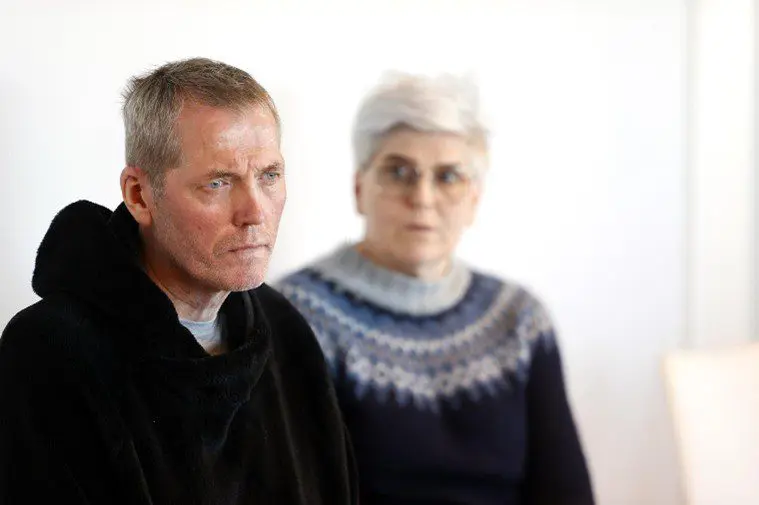
Pétur Oddsson, an employee of Westfjord Power Company, was working in an electrical substation in Önundarfjördur in West Iceland, when he received a sever electric shock when struck by a 60.000 volt electrical current.
Pétur suffered serious burns on his upper body with 45% of his skin severely burned, in addition to some of his internal organs being injured. He was airlifted to Landspitali Main Hospital in the capital city of Reykjavik, where he went directly into surgery. He transferred from the emergency room to the hospital’s Intensive Care Unit, where he spent 60 days, most of which he was on a respirator. He regained consciousness on Christmas Day.
In total, doctors applied 7,000 square centimeters of Kerecis fish-skin grafts to Petur’s burn wounds. The purpose of using fish skin on burn wounds is to modulate the wound bed and accelerate healing.
Pétur was under the care of a team of plastic surgeons at Landspitali Main Hospital: Dr. Halla Frodadottir, Dr. Thorir Audolfsson and his brother Dr. Gunnar Audolfsson. Their skills and expertise were used in the multiple complex operations required in his care. Early in treating Petur, the team decided that Kerecis fish-skin grafts could be a valuable addition to his treatment. The Kerecis product had been in development the six years prior, supported by funds from the U.S. Department of Defense, among others.
“Developing a new medical device is a process that is grounded in strict regulatory processes, innovative product development and extensive research starting at in vitro cellular work and then progressing onto clinical trials,” says ER physician and Kerecis co-founder Dr. Hilmar Kjartansson, who has been instrumental in the research and development program behind the product. “The road from an early idea to a functional medical device is very complex, but the final result is hugely rewarding when we see the product now helping to heal complicated wounds and improve patient outcomes and quality of life,” he adds. “This is something we certainly saw in the management of Petur‘s injuries, and it has been rewarding to monitor the progress of his recovery.”
From the town of Ísafjörður in northwest Iceland, Kerecis develops, manufactures, and distributes patented fish-skin medical devices that support soft tissue regeneration in the body, with regulatory approvals in the United States, Europe, and beyond.